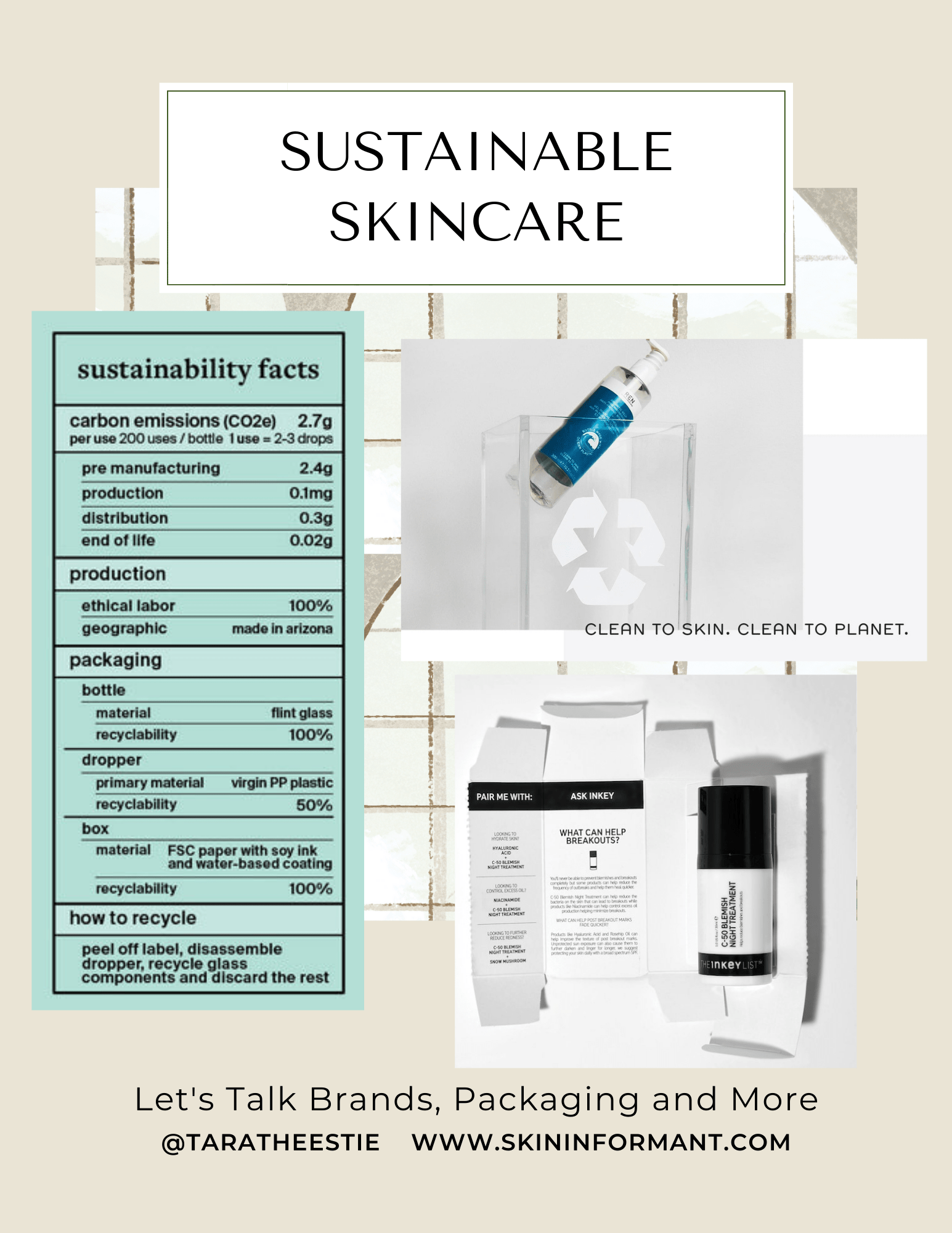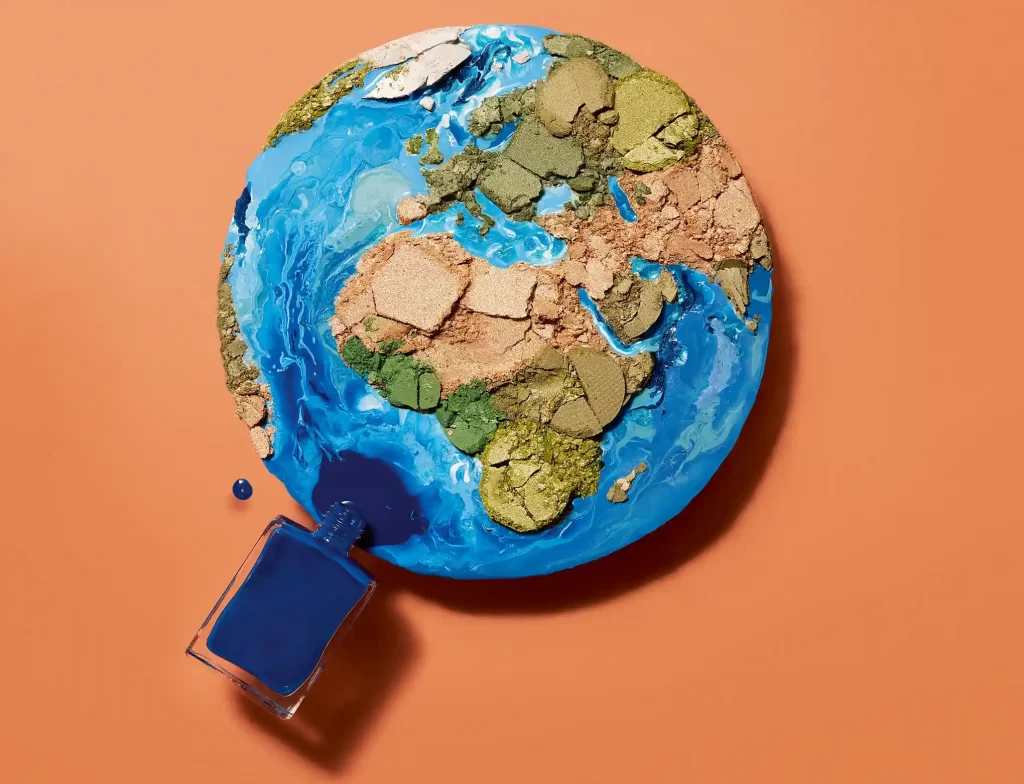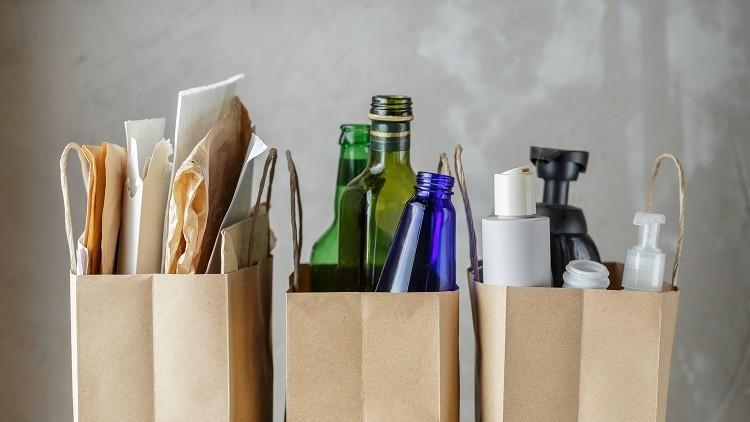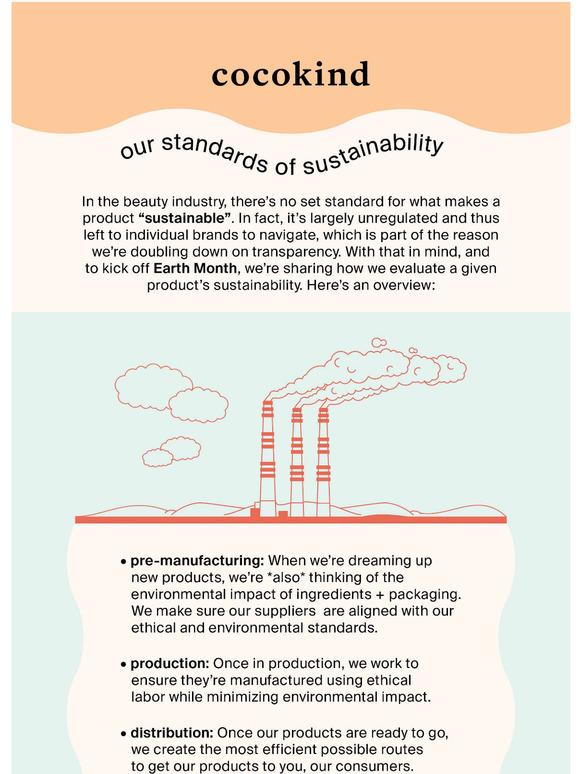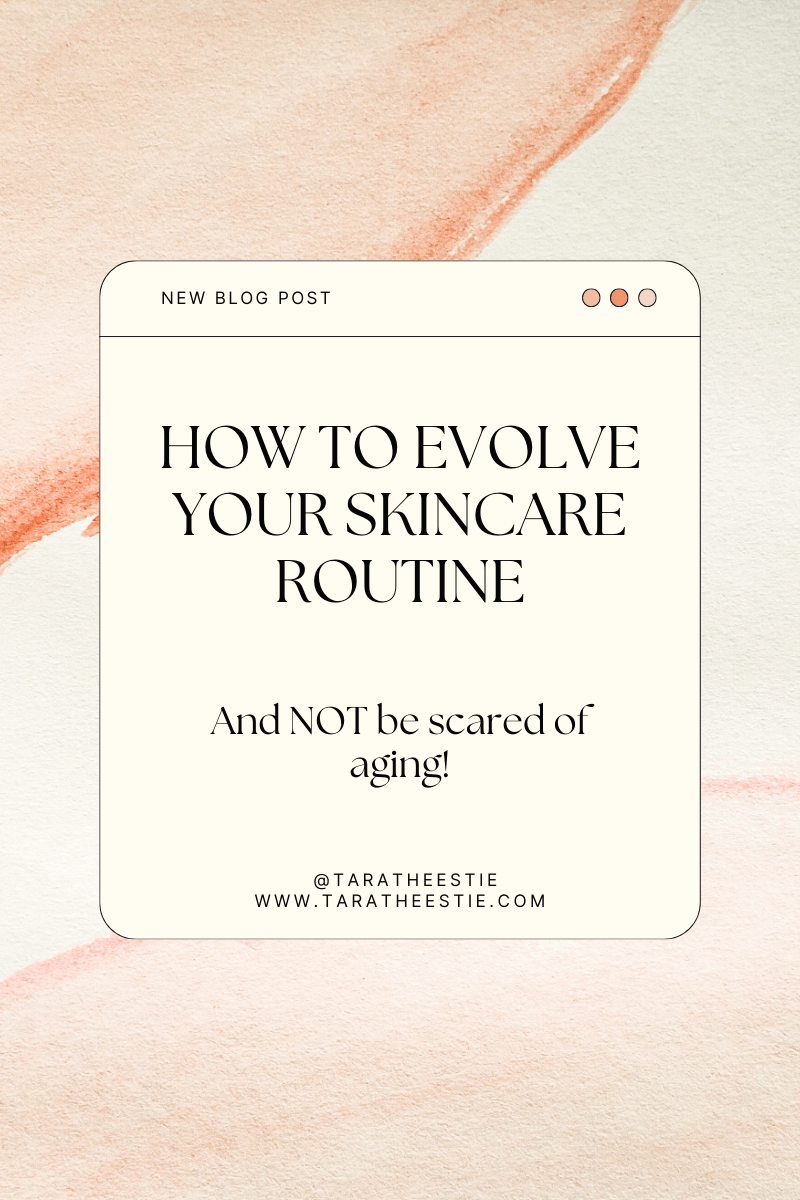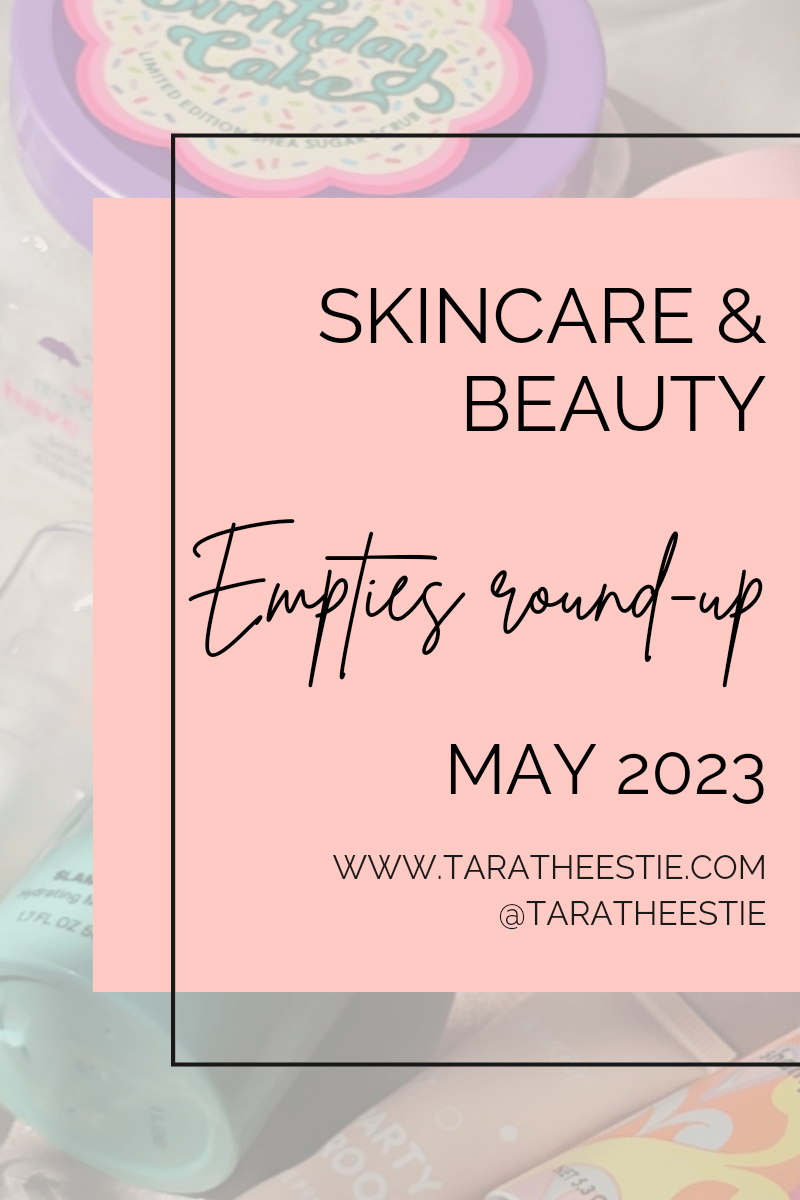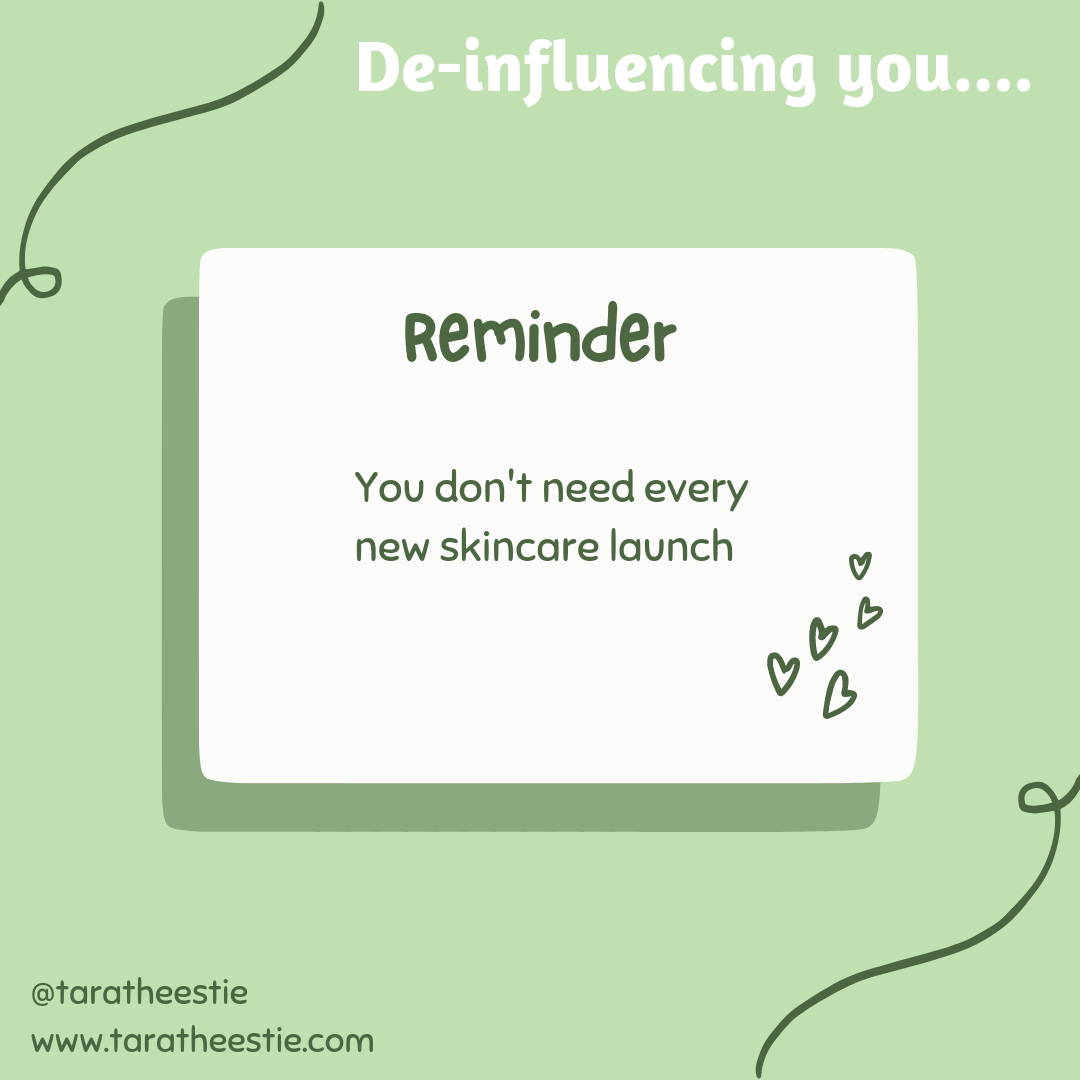We have all heard the word sustainability used in one context or another. Maybe you recently started thinking about reducing your own carbon footprint and researching ways to be a more conscious consumer. Although we may not be able to change the big picture all by ourselves, small changes can positively affect the world as we know it over time. As a skincare blogger and influencer, my mind goes straight to beauty product manufacturing and overall waste. How can we purchase and support the vision of sustainable skincare, sustainable skincare products and sustainable skincare packaging?? Let’s dive in.
Defining Sustainability…No One True Answer
Through my research in sustainability, I learned that there are quite a few definitions to this very complex term. I like this definition from MIT:
“It involves people and the environment, extraction, disposal, use—so it’s really looking at the complexity of the world and how humans interact with it.”
Julie Newman, MIT’s first Director of Sustainability
Thinking about this topic in a large scale, we understand the absolute need for the world to make changes in order to keep this planet a “sustainable” life source.
Although we cannot see real, large scale global change with sustainability and climate change until big corporations and the government continues to put programs into place, we still have a choice. We can vote for the people who make sustainability efforts a goal, support systems and programs to create an overall better ecosystem.
“Sustainable development is development that meets the needs of the present without compromising the ability of future generations to meet their own needs.”
UN World Commission on Environment and Development
And we use our buying power to support companies who share this vision with the world. Putting our money towards the right businesses is key (but we do have to wade through a lot of marketing crap to get there, which I will touch on). Next, let’s move on to what we know is being done now with sustainable skincare.
Sustainable Skincare: What is Being Done Now?
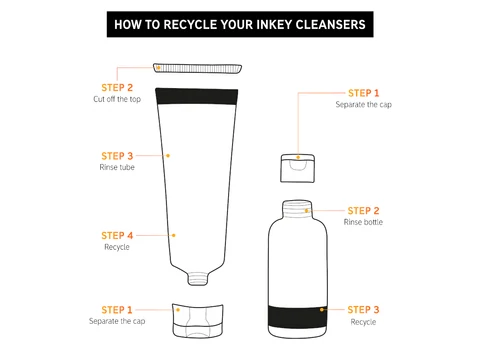
To choose sustainable skincare means to meet the needs of our skin health without causing a negative impact to the environment. The beauty industry as a whole is notoriously wasteful. Therefore, many companies have started putting better programs into place to create little waste, use cleaner energy, etc. Here’s the breakdown on what to look for with sustainable skincare purchases:
- Sustainable Practices in Production
Companies often discuss their clean energy initiatives on the product packaging or website. For example, a skincare or beauty company can be certified carbon neutral, B corp certified (one of the toughest sustainability certifications to get), or use wind and solar energy to manufacture their products.
- Sustainable Skincare Packaging
We all know that skincare often comes in bulky packaging that gets tossed right into the trash. But sustainable skincare packaging includes unicartons that can be recycled easily, or are also created from post-consumer recycled product as well. You can check to see that their packaging is FSC Certified meaning the materials are recyclable and sustainably sourced. I am most impressed by companies that are able to make their actual products, such as moisturizers and cleansers, fully recyclable!
- Sustainable Ingredient Sourcing
Beyond the obvious better choices for product packaging and clean energy, there are also many steps a company can take to ensure their product ingredients are sourced sustainably. Palm oil, for example, is often used in cosmetic formulations for its moisturizing and emollient properties. The cultivation of palm oil has caused deforestation and harm to protected species. The RSPO, Roundtable on Sustainable Palm Oil, works to create a healthier ecosystem between the environment, demand, and social impact of palm oil.
Shea is another ingredient commonly used in cosmetics for its moisturizing, anti-inflammatory, and soothing properties. The Global Shea Alliance has been working since 2011 “to design, develop, and deliver strategies that drive a competitive and sustainable shea industry worldwide and to improve the livelihoods of rural African women and their communities”. In April of 2021, the Estee Lauder Company joined the Global Shea Alliance to promote sustainability within their company. There are numerous different skincare, cosmetic and hair care lines under ELC that utilizes shea within their formulations that will be positively affected from this relationship.
Sustainable vs Clean, Organic, Natural, Green
These terms are not all the same. But, they do tend to overlap a bit. Let’s define them as best as we can…
Green Skincare/Beauty: I enjoy the definition given by LiveKindly, “Green” can be the brand’s overarching goals or refer to the ingredients they use, packaging, etc. But overall this refers to causing no harm to the environment.
Natural Skincare/Beauty: Natural skincare can also be interchangeable with the Green beauty trend in that it is intended to be better for the environment. These products typically are plant-based, maybe have simpler ingredient lists and claim to be “chemical-free”.
Organic Skincare/Beauty: Refers to “all natural” ingredients free of toxins that can potentially cause harm to the body or skin. Also commonly labeled “chemical-free”.
Sustainable Skincare/Beauty: As we defined before, sustainable skincare mostly refers to not causing harm to the ecosystem.
All of these terms have the same thing in common: They are used in marketing and not regulated by the FDA. A company can choose to label their products this way in order to sell more products. They may hop on a popular bandwagon in order to appear to more people. This is called “greenwashing”, where the company makes baseless marketing claims on their products and fear-mongering tactics in order to make a consumer feel compelled to purchase their beauty or skincare. Sometimes, these natural and clean labels do not come with fear-mongering of “chemicals”, but it is hard to find. Honestly, this topic is for another blog, another day.
Anyways…
So, how do we know the skincare companies mean what they say and its not just a marketing scheme? How can we trust a company’s sustainability efforts?
Take this image from the Cocokind website for example:
A skincare company that values their impact on the planet will provide as much information as they can and be more transparent with you as a consumer. This should be easily accessible on the website or social media pages. And there should be proof that they are making changes or positive impacts within their company.
Here is a list of some companies I already purchase from that work on their sustainability efforts:

But luckily there are plenty more out there! Check out my sources at the end of the page for more sustainable skincare products to check out.
What is Terracycle?
You may have seen this symbol on the unicarton of your skincare and beauty products or on a company’s website under the sustainability efforts:
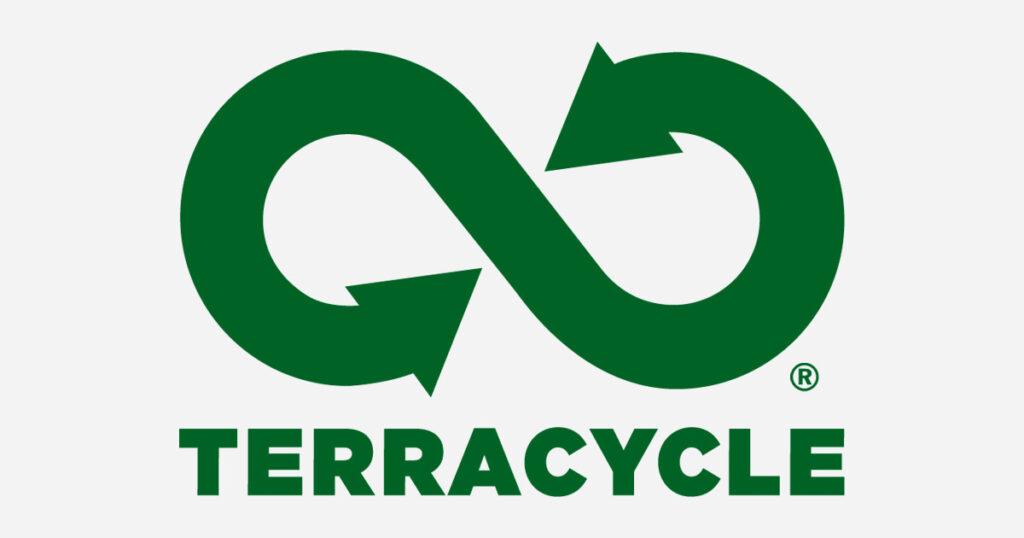
Terracycle is “a social enterprise on a mission to eliminate the idea of waste”. Basically, they partner with different companies to help recycle the hard-to-recycle products that you can’t just throw in the bin at your curb. You can sign up for free, join any of the recycling programs, get a free shipping label and send your hard to recycle products back to Terracycle so they can do it for you! Some skincare and beauty brands that partner with Terracycle are Amika, Josie Maran, Acure, and Beekman 1802.
Sign up for free here and start recycling more of your beauty and household items!
My Personal Goals // Sustainable Skincare
With the start of a brand new year, I always try to make a Resolution. This year, I want to focus on the ways I shop as a consumer. Instead of making this an all or nothing goal, which is very overwhelming for me, I am focusing solely on my skincare and beauty purchases. I will purchase from companies that make sustainability a clear goal! I have been recycling for over 5 years now, so making sure the product comes in recyclable packaging is no longer negotiable but a must for me.
I also love skincare companies that make their packaging refillable. Fenty Skin has a refillable moisturizer so you only have to re-buy the pods instead of a whole container every time. Glow Recipe recently released a moisturizer with the same idea! This comes with less product waste. It is a small step that many companies could, and should, start doing now.
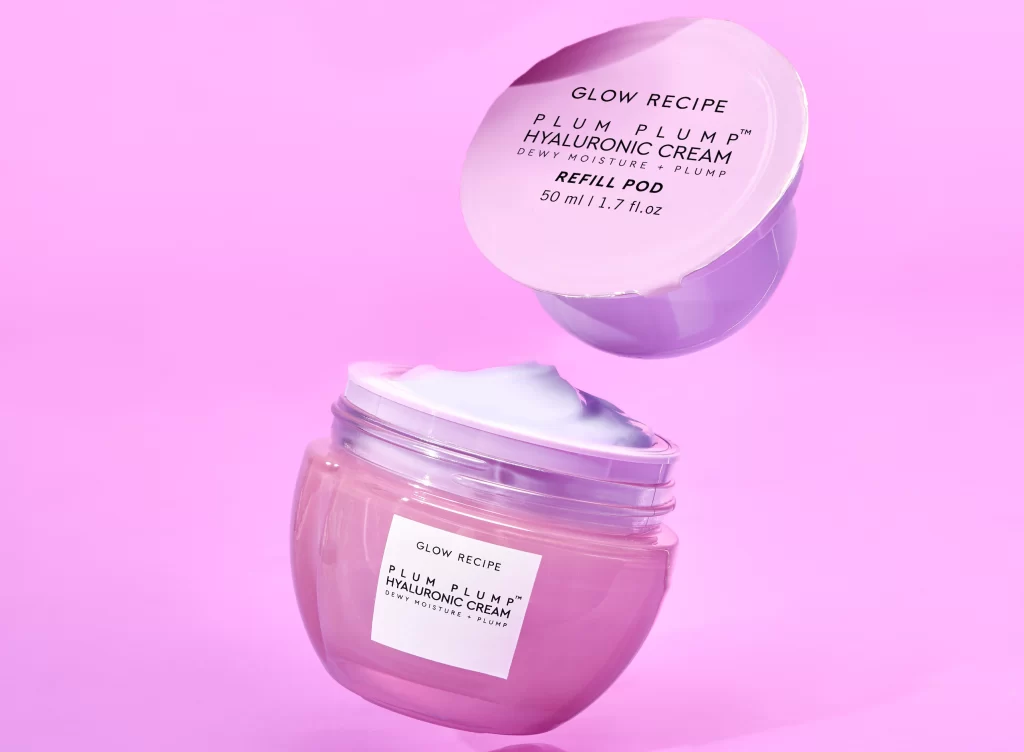
Sustainable Skincare Wrap-up
I hope that the sustainable skincare and beauty discussion continues to soar in 2022. I know that we all care about the health of our beautiful planet and want to make better, informed choices to keep us here longer. Companies need to be held to a high standard when it comes to responsible manufacturing. And us consumers should support companies that do the right thing! I admit that it is much easier said than done, but with everything difficulty in life, we take it one step at a time.
What brands/products do you plan to check out? Let me know in the comments!
Sources to check out:
https://climate.mit.edu/ask-mit/what-sustainability-it-same-thing-taking-action-climate-change
https://www.sustain.ucla.edu/what-is-sustainability/
https://www.livekindly.co/what-is-clean-beauty/
https://www.sustainablejungle.com/sustainable-beauty/sustainableconsumer/
https://www.teenvogue.com/story/a-deep-dive-sustainable-beauty
